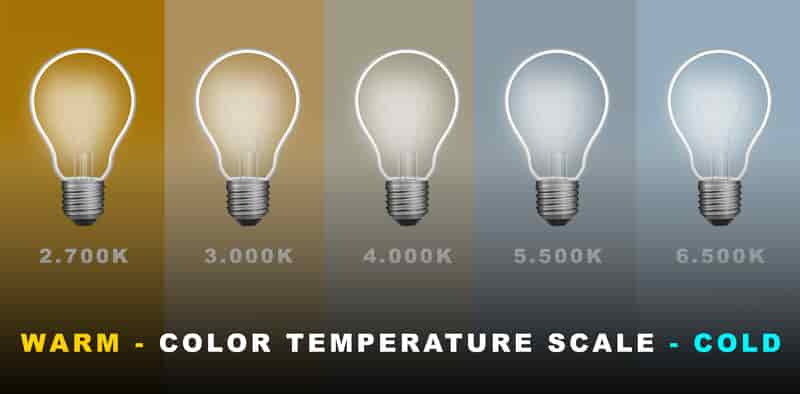Energy Efficiency 101: How to Reduce Your Power Bill with the Right Light Bulbs
Energy Efficiency 101: How to Reduce Your Power Bill with the Right Light Bulbs
A significant portion of our monthly electricity bills comes from lighting our homes and businesses. By choosing the right light bulbs, we can significantly reduce our energy consumption and save money in the process. In this blog, we'll explore how energy-efficient bulbs work, compare various types of bulbs, and share tips on selecting the best options for your needs.
The Science Behind Energy-Efficient Bulbs: Energy-efficient light bulbs produce more light with less energy by converting a higher percentage of the energy they consume into visible light, rather than wasting it as heat. This not only results in lower electricity bills but also reduces the environmental impact associated with energy production.
Types of Energy-Efficient Light Bulbs:
- LED (Light Emitting Diodes) - LED bulbs are currently the most energy-efficient lighting option available. They use up to 90% less energy than traditional incandescent bulbs and can last up to 25 times longer.
- CFL (Compact Fluorescent Lamps) - CFLs are a more energy-efficient alternative to incandescent bulbs, using about 70% less energy and lasting up to 10 times longer. However, they contain a small amount of mercury, which requires proper disposal.
- Halogen - Halogen bulbs are more energy-efficient than incandescent bulbs but less efficient than CFLs and LEDs. They consume about 25-30% less energy and last up to 3 times longer than traditional incandescent bulbs
Selecting the Right Energy-Efficient Bulb for Your Needs:
- Determine the purpose of the light: Before purchasing a new bulb, consider the primary function of the light in the space. For example, task lighting requires brighter, more focused light, while ambient lighting benefits from softer, more diffused light. This information will help you select the appropriate brightness (measured in lumens) and color temperature (measured in Kelvin).
- Compare wattage and lumens: Wattage indicates the amount of energy a bulb consumes, while lumens represent the amount of light it produces. When shopping for energy-efficient bulbs, look for options with lower wattage and higher lumens to maximize efficiency.
- Choose the right color temperature: Color temperature plays a significant role in creating the desired atmosphere in a room. Lower color temperatures (2700K-3000K) produce warm, yellowish light, while higher color temperatures (5000K-6500K) emit cool, bluish light. Choose a color temperature that suits the purpose and mood of the space.

- Consider the bulb's lifespan: Investing in bulbs with a longer lifespan reduces the frequency of replacement and lowers your overall lighting costs. While LED bulbs may have a higher upfront cost, their extended lifespan and reduced energy consumption make them the most cost-effective choice in the long run.
- Look for ENERGY STAR certification: Bulbs with the ENERGY STAR label meet strict efficiency guidelines set by the U.S. Environmental Protection Agency and the U.S. Department of Energy. Choosing ENERGY STAR-certified bulbs ensures you are selecting a high-quality, energy-efficient product.

- Assess compatibility with existing fixtures and dimmers: Before purchasing a new energy-efficient bulb, make sure itis compatible with your existing light fixtures and dimmer switches. Some LED and CFL bulbs may not work with older dimmer switches or may require specific fixtures to function correctly. Check the product packaging or consult the manufacturer's guidelines for compatibility information.
- Consider smart lighting options: Smart bulbs offer additional energy-saving features, such as the ability to control lighting remotely, set schedules, and adjust color temperature and brightness based on time of day or occupancy. These advanced features can help you optimize your energy consumption and further reduce your power bills.
-
Upgrading to energy-efficient light bulbs is an easy and effective way to reduce your electricity bills and minimize your environmental footprint. By understanding the various types of energy-efficient bulbs and considering factors like brightness, color temperature, and compatibility, you can make informed choices that lead to significant savings and improved lighting quality in your home or business.Stay tuned to our blog for more tips and information on lighting solutions, and visit LightBulbSurplus.com for a wide range of energy-efficient bulbs to suit your needs.


